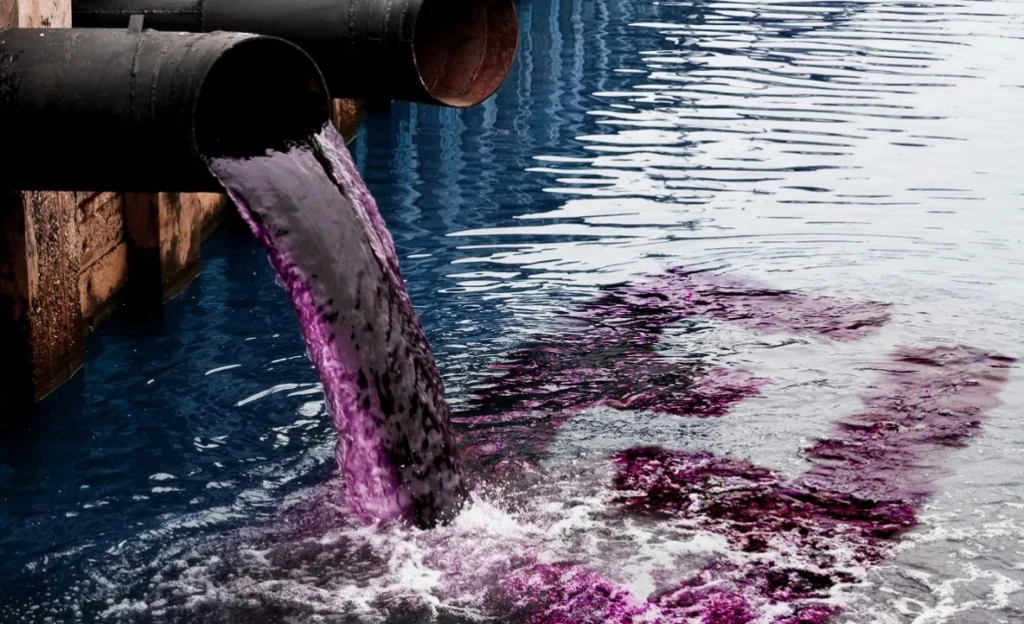
COLOR THAT LASTS
Colorfastness and Control: Essential Techniques for Dyeing Intimate Apparel
Textile dyeing, especially of intimate apparel like lingerie and underwear, involves adding color to fabrics to ensure vibrant and durable colors that withstand washing, wear, and contact with skin. This durability is known as colorfastness. Poor colorfastness can lead to issues like color bleeding or fading, affecting the product’s appearance and quality. To maintain high standards, it’s fundamental to know the factors influencing colorfastness and implement effective control measures.

FACTORS AFFECTING TEXTILE DYEING COLORFASTNESS
Dyeing intimate apparel needs careful steps to make sure colors are bright and durable. Many factors affect how well fabric keeps its color, so understanding following is essential to good colorfastness:
- Fiber Types: Different fibers, whether natural like cotton or synthetic like polyester, interact differently with dyes, impacting color retention.
- Dye Selection: The choice of dye significantly influences color durability; certain dyes are more resistant to fading or bleeding, thereby impacting colorfastness.
- Dyeing Process: From pH levels to temperature control, each step in the dyeing process affects how deeply and evenly the color penetrates the fabric.
- Water Quality: The quality of water used can affect dye absorption; hard water, for instance, may hinder colorfastness.
- Environmental Exposure: Factors like heat, light, and even washing and drying methods can impact colorfastness over time.

TESTING TEXTILE DYEING COLORFASTNESS
To ensure high colorfastness, standardized testing methods are used:
- Lightfastness: Tests how well colors resist fading when exposed to light.
- Rub Fastness: Evaluates resistance to color transfer from rubbing.
- Wash Fastness: Measures color retention after repeated washing.
- Ironing Fastness: Measures color resistance to fading during ironing.
- Perspiration and Sublimation Fastness: Tests resistance to fading due to sweat and high temperatures.
These tests should be conducted according to ISO and AATCC standards, ensure fabrics meet quality and durability expectations.

METHODS FOR CONTROLLING TEXTILE DYEING COLORFASTNESS
Effective methods for controlling textile dyeing include:
- Dye and Fiber Selection: Select dyes and fibers that work well together to ensure colors last longer.
- Dyeing Process Control: Adjust pH, temperature, and time to make sure the dye penetrates and bonds effectively.
- Additives and Post-Treatments: Add salts or acids and apply proper rinsing and steaming processes immediately after dyeing to enhance colorfastness.
- Proper Care: Clean fabrics using gentle detergents in cold water and allow them to dry naturally to maintain their color vibrancy.

ENVIRONMENTAL CONSIDERATIONS
Dyeing processes can have significant environmental impacts. To minimize these impacts:
- Effluent Treatment: Use an effluent treatment plant to remove harmful chemicals from dyeing wastewater.
- Dye Selection: Choose dyes that are eco-friendly and have minimal impact on the environment, helping to reduce the overall environmental footprint of the dyeing process.
- Energy and Water Efficiency: Optimize dyeing processes to reduce energy and water consumption, using technology and techniques that minimize environmental impact while maintaining high-quality dyeing results.

To ensure high-quality intimate apparel with vibrant and long-lasting colors, it’s crucial to maintain colorfastness in textile dyeing. By cautiously selecting fibers and dyes, optimizing dyeing processes, and employing proper care practices, start-ups and entrepreneurs can certainly meet consumer expectations for durability and aesthetic appeal. Advancements in technology and sustainability will undeniably continue to improve colorfastness, supporting the production of eco-friendly lingerie that stand the test of time.
